PANDORA-seq expands the repertoire of regulatory small RNAs by overcoming RNA modifications
- PMID: 33820973
- PMCID: PMC8236090
- DOI: 10.1038/s41556-021-00652-7
PANDORA-seq expands the repertoire of regulatory small RNAs by overcoming RNA modifications
Erratum in
-
Author Correction: PANDORA-seq expands the repertoire of regulatory small RNAs by overcoming RNA modifications.Nat Cell Biol. 2021 Jun;23(6):676. doi: 10.1038/s41556-021-00687-w. Nat Cell Biol. 2021. PMID: 33927371
Abstract
Although high-throughput RNA sequencing (RNA-seq) has greatly advanced small non-coding RNA (sncRNA) discovery, the currently widely used complementary DNA library construction protocol generates biased sequencing results. This is partially due to RNA modifications that interfere with adapter ligation and reverse transcription processes, which prevent the detection of sncRNAs bearing these modifications. Here, we present PANDORA-seq (panoramic RNA display by overcoming RNA modification aborted sequencing), employing a combinatorial enzymatic treatment to remove key RNA modifications that block adapter ligation and reverse transcription. PANDORA-seq identified abundant modified sncRNAs-mostly transfer RNA-derived small RNAs (tsRNAs) and ribosomal RNA-derived small RNAs (rsRNAs)-that were previously undetected, exhibiting tissue-specific expression across mouse brain, liver, spleen and sperm, as well as cell-specific expression across embryonic stem cells (ESCs) and HeLa cells. Using PANDORA-seq, we revealed unprecedented landscapes of microRNA, tsRNA and rsRNA dynamics during the generation of induced pluripotent stem cells. Importantly, tsRNAs and rsRNAs that are downregulated during somatic cell reprogramming impact cellular translation in ESCs, suggesting a role in lineage differentiation.
Figures



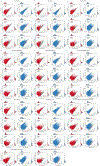
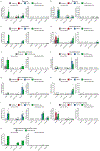


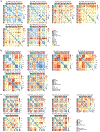

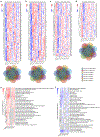
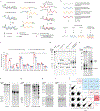

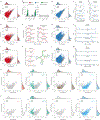
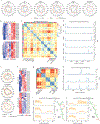

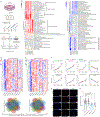
References
Publication types
MeSH terms
Substances
Grants and funding
- R01 HD092431/HD/NICHD NIH HHS/United States
- P30 DK120515/DK/NIDDK NIH HHS/United States
- P30 DK063491/DK/NIDDK NIH HHS/United States
- R01 GM124349/GM/NIGMS NIH HHS/United States
- WT_/Wellcome Trust/United Kingdom
- R01 ES032024/ES/NIEHS NIH HHS/United States
- 207415/Z/17/Z/WT_/Wellcome Trust/United Kingdom
- HHMI/Howard Hughes Medical Institute/United States
- BB_/Biotechnology and Biological Sciences Research Council/United Kingdom
- P30 CA023100/CA/NCI NIH HHS/United States
- R35 GM128854/GM/NIGMS NIH HHS/United States
- R01 NS113583/NS/NINDS NIH HHS/United States
- P50 HD098593/HD/NICHD NIH HHS/United States
LinkOut - more resources
Full Text Sources
Other Literature Sources
Molecular Biology Databases
Research Materials

